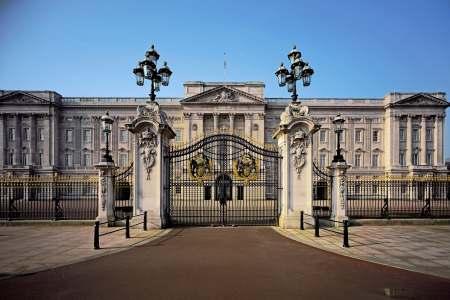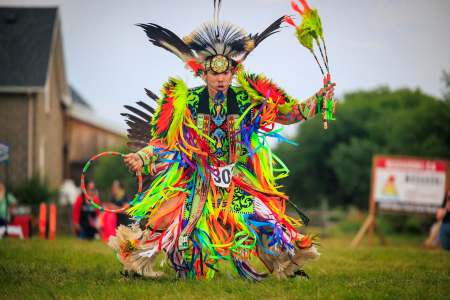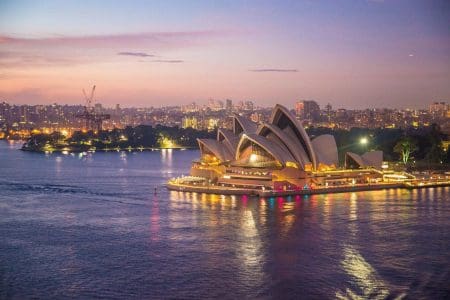Tokyo is a massive, mesmerising city with so much to offer visitors, yet it remains one of the most accessible capitals in Asia. Despite the different alphabet and unfamiliar sounds, Japan’s capital is surprisingly easy to navigate, full of friendly people and efficient systems that make travelling here a joy. In this Tokyo travel guide, I explore some of the best things to do in Tokyo — from the neon brilliance of Shinjuku and Shibuya to peaceful gardens, quirky temples, and the ever-helpful metro that ties it all together.
Arriving in Tokyo and Finding Your Bearings
My own journey began after a few days in Kyoto, with a comfortable night bus to the Shinjuku Bus Terminal in the heart of Tokyo. It’s an excellent starting point for first-time visitors, complete with a tourist office staffed by people who genuinely want to help. It was too early to check in, so I dropped my bags at a nearby capsule hotel — a uniquely Japanese experience I’d recommend to anyone.
From there, I set out to explore Shinjuku, where old and new Tokyo stand side by side — from retro alleyways glowing with paper lanterns to futuristic 3D billboards and towering monsters from Japanese cinema.
Tokyo Travel Guide: Exploring Shinjuku from Godzilla to Golden Gai
Let’s start with a towering figure of nightmares who has attacked Tokyo countless times on screen: Godzilla. In 2015, Shinjuku made Godzilla an honorary citizen and, better still, you can see him atop the Hotel Gracery. The hotel’s café sits right beside the beast — an unmissable selfie spot for film fans.
A few steps away, the Shinjuku 3D Cat draws just as many eyes. This enormous curved screen features a lifelike kitten stretching, rolling and playing with digital toys before “dropping” them onto the crowd below.
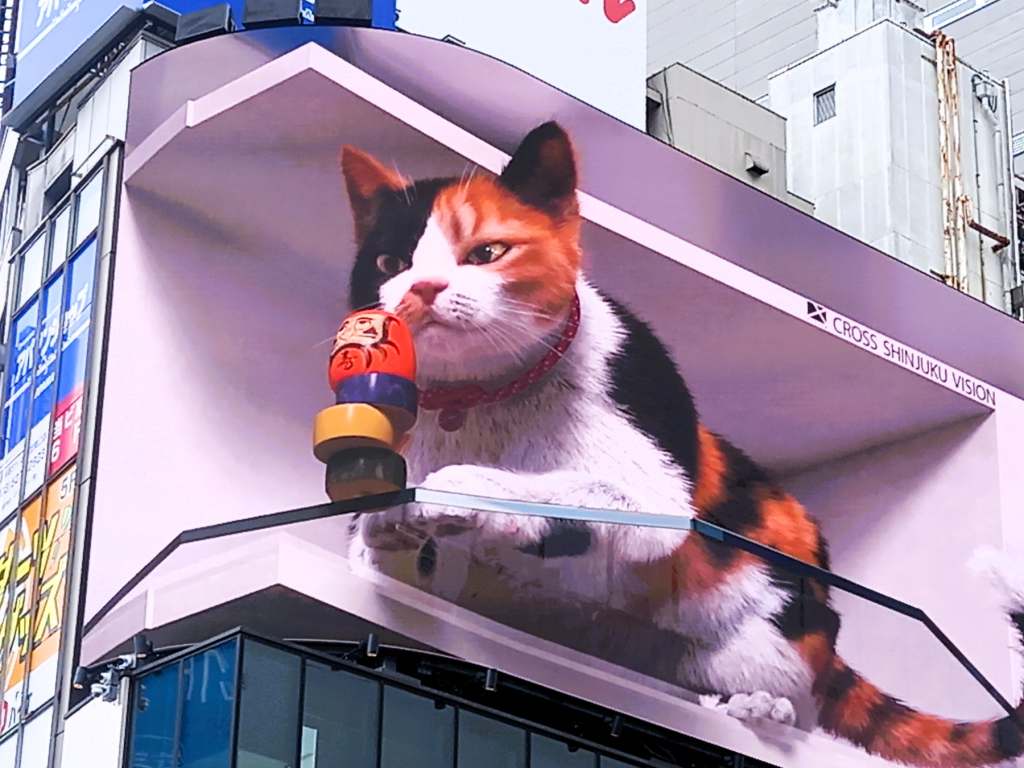
For something more traditional, I wandered into Memory Lane (Omoide Yokocho), a narrow alley glowing with paper lanterns and lined with tiny restaurants and bars. It’s a nostalgic corner of Tokyo where locals sip sake and eat grilled skewers shoulder to shoulder. I tried a great local curry there before heading to nearby Golden Gai, another warren of small bars, each with its own theme and loyal regulars.
A Walk Through Shinjuku Gyoen National Gardens
Just east of Shinjuku Station lies one of Tokyo’s loveliest green spaces: Shinjuku Gyoen National Gardens. Once a feudal lord’s estate, it became a botanical garden, then an imperial property, before opening to the public after WWII.
The park combines Japanese, English and French landscaping styles, with pavilions, ponds and even a large greenhouse. It’s vast enough to find peace even when busy — and it’s particularly stunning in spring for cherry blossom season or in autumn when the leaves turn gold and crimson.
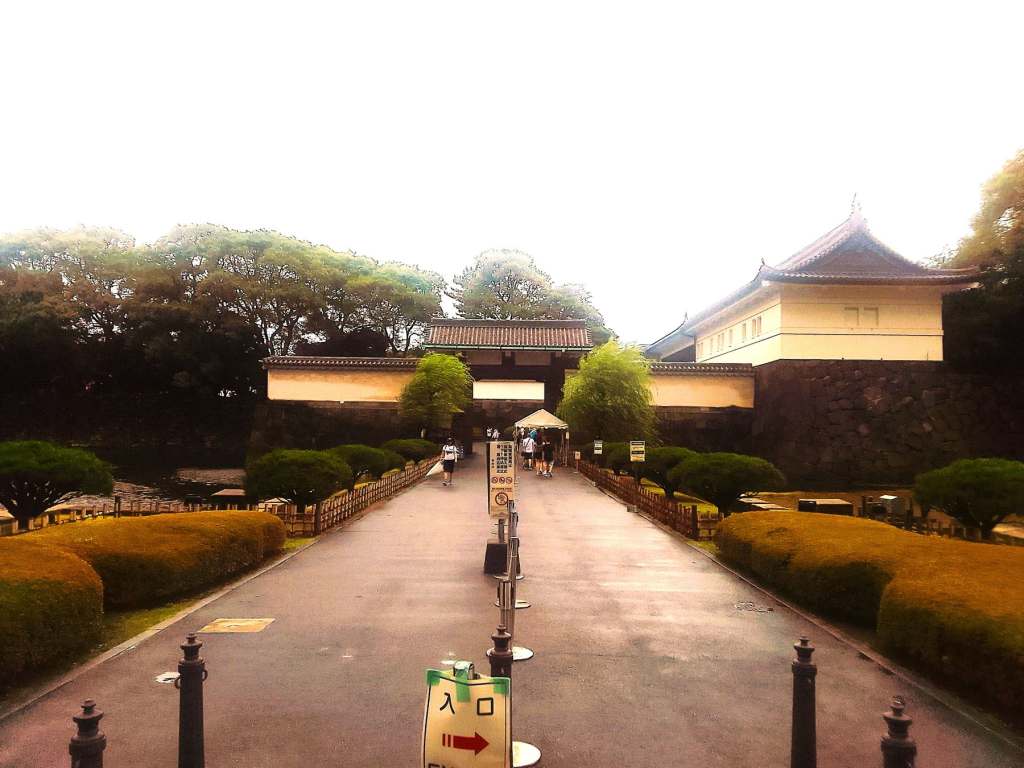
Mastering the Tokyo Metro
Before leaving Shinjuku, a word on Tokyo’s superb metro and train systems. They’re well signposted in English, clean, safe and incredibly efficient. Machines have English-language options, and whenever I looked lost, fellow passengers stepped in to help.
Ticket prices are reasonable, and one-, two-, and three-day metro passes are available. Just remember that metro and JR train tickets aren’t interchangeable, so check before you buy. Rush hour is best avoided, but otherwise, travelling around Tokyo couldn’t be simpler.
Visiting the Gotokuji Lucky Cat Temple
For a taste of traditional Japan, take the train to Gotokuji Temple, a short, pleasant walk from the station. Rebuilt in 1633, this Buddhist shrine is dedicated to the maneki-neko, the beckoning cat with one raised paw that symbolises good fortune.
Legend has it that a cat once beckoned a local lord into the temple just before a thunderstorm, saving his life. In gratitude, he became the temple’s patron — and the maneki-neko was born. Today, you’ll see hundreds of these white cats lined up in neat rows, an unforgettable sight.
Tokyo Style in Shimokitazawa and Harajuku
To see Tokyo’s trendiest side, head to Shimokitazawa or Harajuku, where creativity meets chaos in the best way. These districts are known for vintage fashion, second-hand record shops and boutique cafés. You’ll spot people dressed as anime characters, punk rockers, or avant-garde style icons — all part of the fun that defines modern Tokyo.
Tokyo Travel Guide : The Iconic Shibuya Crossing
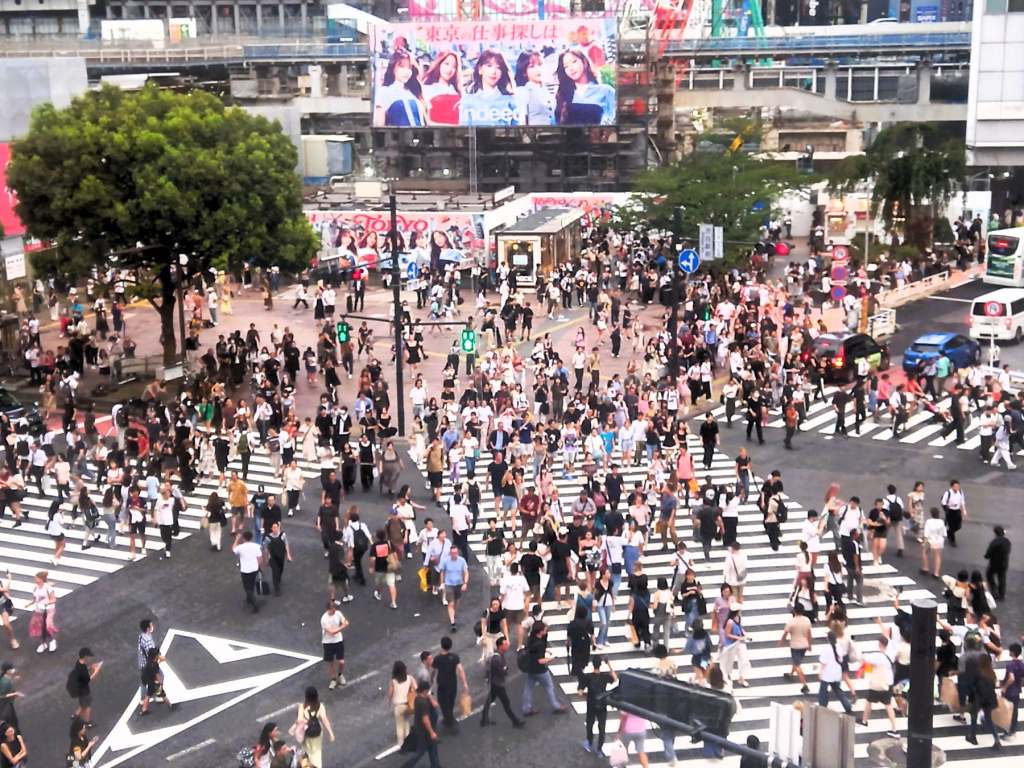
Next stop: Shibuya Crossing, often called the busiest pedestrian intersection in the world. When the lights go green, up to 3,000 people stride across at once — yet it’s not chaotic; this is Tokyo, where order reigns even in the crowd.
Many visitors race to the middle for that must-have photo before the wave of people arrives. For a more relaxed view, grab a coffee at one of the cafés overlooking the crossing and watch the rhythm of the city unfold below.
Tokyo by Night the Neon Capital of the World
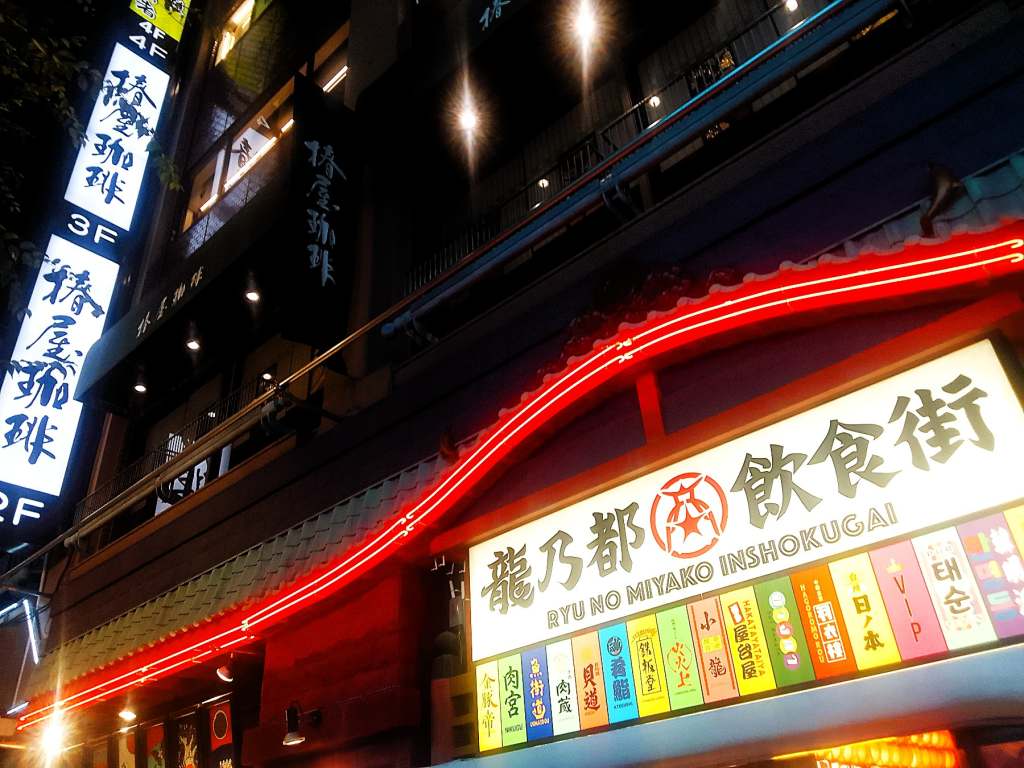
Shibuya is also the perfect place to start your Tokyo by night adventure. Find a high window seat in the late afternoon and watch as the neon signs flicker to life one by one.
Back in Shinjuku, the Tokyo Metropolitan Government Buildings offer a free observation deck with sweeping views of the skyline, day or night. Don’t miss the Tokyo Night and Light multimedia show projected onto the adjacent tower — another free and fascinating attraction.
To finish your evening, take a slow stroll through Shinjuku’s glowing streets, soaking up the electric energy that defines this city. Tokyo truly never sleeps, but it welcomes you warmly, no matter how far you’ve come.
All images by Mike East

